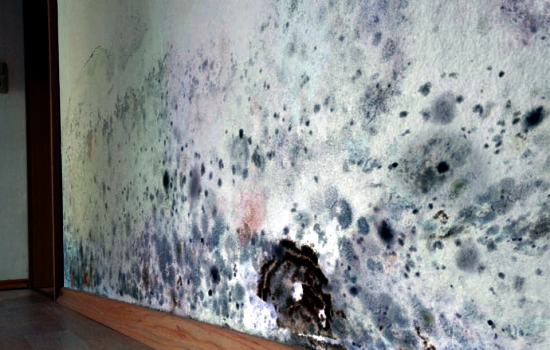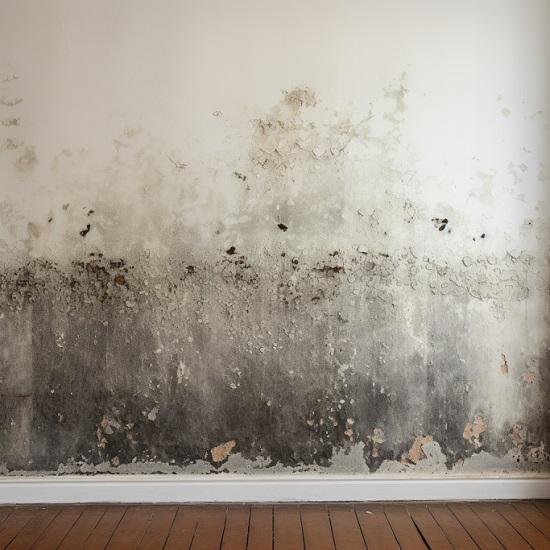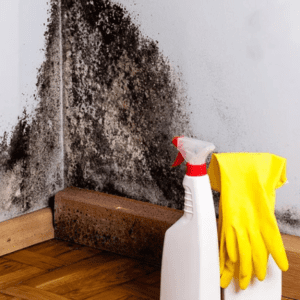Your Ultimate Overview to Post Mold And Mildew Removal Techniques
Navigating the realm of post-mold remediation strategies is a thorough process that requires attention to information and an extensive understanding of the details included. In the after-effects of mold and mildew invasion, recognizing how to successfully eradicate the mold and mildew and stop its reoccurrence is paramount for preserving a healthy interior atmosphere. From selecting the appropriate cleaning and decontaminating methods to executing strategies for long-term mold and mildew prevention, each step in the removal trip plays a critical duty in ensuring an effective end result. As we begin on this exploration of post-mold remediation techniques, we will reveal the key strategies and ideal practices that can help you restore your room to its pre-mold problem and secure it versus future mold risks.
Recognizing Post-Mold Removal Refine
After finishing the mold and mildew removal procedure, it is critical to understand the post-mold remediation strategies that are needed to make sure a efficient and comprehensive cleaning. When the mold and mildew has been eliminated, the next step includes cleansing and decontaminating the influenced locations to stop any regrowth of mold and mildew. This consists of making use of specialized cleaning representatives to clean down surfaces and kill any kind of staying mold spores. It is vital to dry out the area totally to discourage the growth of mold and mildew in the future (Post remediation mold testing near me). Proper air flow and dehumidification can assist in this process.
Furthermore, performing a final examination post-remediation is important to make certain that all mold and mildew has actually been successfully eradicated. If the inspection exposes any type of sticking around mold and mildew, extra removal may be required.
Reliable Cleaning Up and Sanitizing Methods

Avoiding Future Mold And Mildew Development

Value of Appropriate Air Flow
Proper air flow plays a vital function in stopping dampness build-up, a crucial consider mold growth within interior atmospheres. Reliable air flow systems assist eliminate excess humidity from the air, lowering the visit the website opportunities of mold and mildew spores finding the dampness they need to sprout and spread out. Without adequate ventilation, interior spaces can become a breeding ground for mold, leading to potential wellness threats and structural damages.
By guaranteeing correct air blood circulation, air flow systems can likewise help in drying damp locations much more rapidly after water damage or flooding events, further deterring mold growth. testing air quality after mold remediation. In areas like shower rooms, attic rooms, basements, and kitchen areas where dampness degrees often tend to be higher, mounting and keeping effective ventilation systems is crucial in preventing mold invasions

Monitoring and Maintenance Tips
Provided the vital function that correct air flow plays in protecting against mold and mildew development, it is important to develop effective tracking and maintenance ideas to make certain the ongoing performance of ventilation systems. Regular evaluations of ventilation systems should be carried out to check for any kind of indications of obstructions, leakages, or malfunctions that could restrain appropriate air flow. Surveillance moisture levels within the home is also important, as high humidity can add to mold and mildew growth. Installing a hygrometer can help track humidity degrees and alert property owners to any spikes that might need interest. Additionally, making certain that air filters are regularly cleaned up or changed is crucial for preserving the efficiency of the ventilation system. Executing a schedule for routine upkeep tasks, such as air duct cleansing and cooling and heating system assessments, can assist prevent concerns before they rise. By staying conscientious and positive to the problem of air flow systems, property proprietors can efficiently minimize the threat of mold and mildew regrowth and preserve a healthy and balanced interior environment.
Final Thought
Finally, post-mold remediation techniques are important for guaranteeing a risk-free and tidy atmosphere. Comprehending the process, implementing reliable cleaning and decontaminating techniques, avoiding future mold and mildew growth, maintaining proper air flow, and regular monitoring are all vital steps in the removal procedure. By complying with these standards, you can successfully remove mold and stop its return, working or promoting a healthy living room for all passengers.
In the after-effects of mold and mildew problem, recognizing how to effectively get rid of the mold and mildew and avoid its reoccurrence is critical see it here for keeping a healthy and balanced interior setting. When the mold and mildew has actually been gotten rid of, the next action entails cleaning and sanitizing the impacted locations to avoid any type of regrowth of mold - Post Mold Remediation Report. After eliminating visible mold and mildew growth, it is important to clean all surfaces in the affected location to get rid of any remaining mold spores. To better improve mold avoidance procedures, it is necessary to resolve underlying issues that originally led to mold growth.Given the important role that proper ventilation plays in protecting against mold development, it is necessary to develop effective monitoring and maintenance pointers to ensure the continued functionality of air flow systems